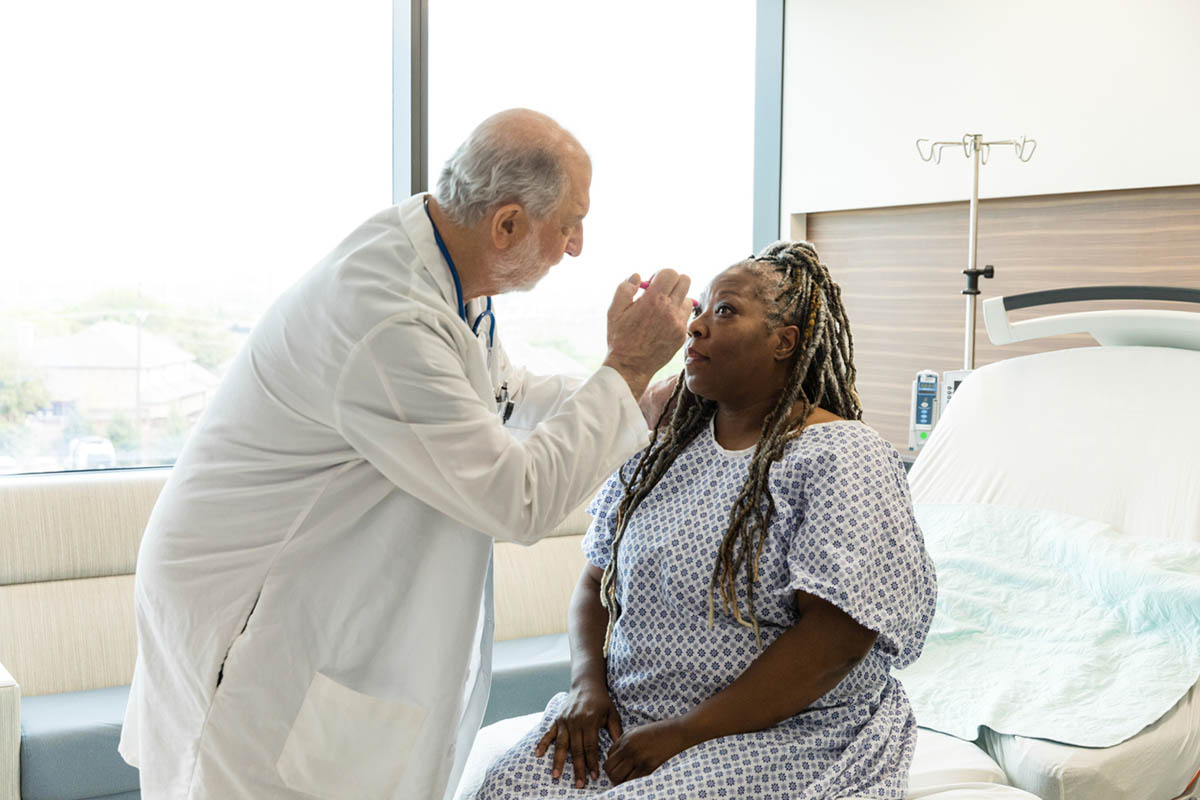ABSTRACT
Background: Gestational exposure to valproate is associated with an unacceptably high risk of major congenital malformations, neurodevelopmental disorders, and other adverse outcomes. Prescription of valproate to reproductive-age women is therefore strongly discouraged in many parts of the world. To our knowledge, there is no pharmacoepidemiologic study of the prescription of valproate to women in a developing country.
Methods: During September to November 2019, we examined the prescriptions of 10,001 consecutive outpatients issued by about 250 medical professionals from the Departments of Psychiatry, Neurology, and Neurosurgery at the National Institute of Mental Health and Neurosciences, Bangalore, India (this is a large, tertiary care referral center and a designated institute of national importance, the largest of its kind in the country). We examined the prescriptions for inclusion of any formulation of valproate in women and men separately. For comparison purposes, we also extracted data on the prescription of carbamazepine.
Results: A large proportion of women (647/3,837; 16.9%) received a prescription that included valproate (mean dose = 898 mg/d); the age band 15–45 years accounted for 460 (71.1%) of these prescriptions. In comparison, 403 (10.5%) of 3,837 women received a prescription that included carbamazepine, and 289 (71.7%) of these were in the 15-to-45–year age band. Women were more likely to receive a prescription for valproate in the Departments of Neurology and Neurosurgery than in the Department of Psychiatry (29.1% vs 14.4%, respectively).
Conclusions: Female outpatients of childbearing age who consulted for disorders related to psychiatry, neurology, and neurosurgery were found to have a high exposure to valproate. If these findings can be generalized to other practices in the country, and to other developing countries, they suggest a pressing need for regulatory guidance regarding the avoidance of prescription of valproate to women of childbearing age. This is a public health matter of global importance.
Members Only Content
This full article is available exclusively to Professional tier members. Subscribe now to unlock the HTML version and gain unlimited access to our entire library plus all PDFs. If you’re already a subscriber, please log in below to continue reading.
References (23)

- Andrade C. Valproate in pregnancy: recent research and regulatory responses. J Clin Psychiatry. 2018;79(3):18f12351. PubMed CrossRef
- Weston J, Bromley R, Jackson CF, et al. Monotherapy treatment of epilepsy in pregnancy: congenital malformation outcomes in the child. Cochrane Database Syst Rev. 2016;11(11):CD010224. PubMed CrossRef
- Veroniki AA, Cogo E, Rios P, et al. Comparative safety of anti-epileptic drugs during pregnancy: a systematic review and network meta-analysis of congenital malformations and prenatal outcomes. BMC Med. 2017;15(1):95. PubMed CrossRef
- Andrade C. Major congenital malformations associated with exposure to antiepileptic drugs during pregnancy. J Clin Psychiatry. 2018;79(4):18f12449. PubMed CrossRef
- Andrade C. Adverse pregnancy outcomes associated with gestational exposure to antiepileptic drugs. J Clin Psychiatry. 2018;79(4):18f12467. PubMed CrossRef
- Gentile S. Risks of neurobehavioral teratogenicity associated with prenatal exposure to valproate monotherapy: a systematic review with regulatory repercussions. CNS Spectr. 2014;19(4):305–315. PubMed CrossRef
- Veroniki AA, Rios P, Cogo E, et al. Comparative safety of antiepileptic drugs for neurological development in children exposed during pregnancy and breast feeding: a systematic review and network meta-analysis. BMJ Open. 2017;7(7):e017248. PubMed CrossRef
- Wisner KL, Leckman-Westin E, Finnerty M, et al. Valproate prescription prevalence among women of childbearing age. Psychiatr Serv. 2011;62(2):218–220. PubMed CrossRef
- US FDA. FDA Drug Safety Communication: valproate anti-seizure products contraindicated for migraine prevention in pregnant women due to decreased IQ scores in exposed children. US Food and Drug Administration website. https://www.fda.gov/drugs/drug-safety-and-availability/fda-drug-safety-communication-valproate-anti-seizure-products-contraindicated-migraine-prevention. Accessed on April 2, 2021.
- Virta LJ, Kälviäinen R, Villikka K, et al. Declining trend in valproate use in Finland among females of childbearing age in 2012-2016: a nationwide registry-based outpatient study. Eur J Neurol. 2018;25(6):869–874. PubMed CrossRef
- Paton C, Cookson J, Ferrier IN, et al. A UK clinical audit addressing the quality of prescribing of sodium valproate for bipolar disorder in women of childbearing age. BMJ Open. 2018;8(4):e020450. PubMed CrossRef
- Tachibana M, Hashimoto T, Tanaka M, et al. Patterns in psychiatrists’ prescription of valproate for female patients of childbearing age with bipolar disorder in Japan: a questionnaire survey. Front Psychiatry. 2020;11:250. PubMed CrossRef
- Spoendlin J, Blozik E, Graber S, et al. Use of valproate in pregnancy and in women of childbearing age between 2014 and 2018 in Switzerland: a retrospective analysis of Swiss healthcare claims data. Swiss Med Wkly. 2021;151:w20386. PubMed
- Hogan CS, Freeman MP. Adverse effects in the pharmacologic management of bipolar disorder during pregnancy. Psychiatr Clin North Am. 2016;39(3):465–475. PubMed CrossRef
- Balon R, Riba M. Should women of childbearing potential be prescribed valproate? a call to action. J Clin Psychiatry. 2016;77(4):525–526. PubMed CrossRef
- Casassus B. France bans sodium valproate use in case of pregnancy. Lancet. 2017;390(10091):217. PubMed CrossRef
- Iacobucci G. MHRA bans valproate prescribing for women not in pregnancy prevention programme. BMJ. 2018;361:k1823. PubMed CrossRef
- European Medicines Agency. Valproate and related substances. European Medicines Agency website. https://www.ema.europa.eu/en/medicines/human/referrals/valproate-related-substances. Accessed on April 1, 2021.
- Malhi GS, Bell E, Bassett D, et al. The 2020 Royal Australian and New Zealand College of Psychiatrists clinical practice guidelines for mood disorders. Aust N Z J Psychiatry. 2021;55(1):7–117. PubMed CrossRef
- Yatham LN, Kennedy SH, Parikh SV, et al. Canadian Network for Mood and Anxiety Treatments (CANMAT) and International Society for Bipolar Disorders (ISBD) 2018 guidelines for the management of patients with bipolar disorder. Bipolar Disord. 2018;20(2):97–170. PubMed CrossRef
- Angus-Leppan H, Liu RSN. Weighing the risks of valproate in women who could become pregnant. BMJ. 2018;361:k1596. PubMed CrossRef
- Toussi M, Isabelle B, Tcherny-Lessenot S, et al. Effectiveness of risk minimisation measures for valproate: a cross-sectional survey among physicians in Europe. Pharmacoepidemiol Drug Saf. 2021;30(3):283–291. PubMed CrossRef
- Toussi M, Shlaen M, Coste F, et al. Effectiveness of risk minimisation measures for valproate: a drug utilisation study in Europe. Pharmacoepidemiol Drug Saf. 2021;30(3):292–303. PubMed CrossRef





